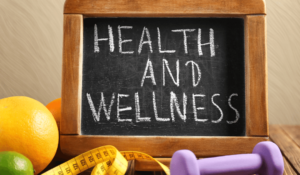
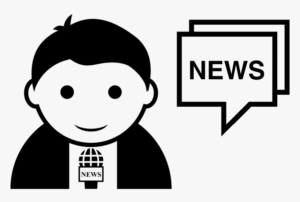
November is National Runaway Prevention Month
SHINE A LIGHT THIS NOVEMBER
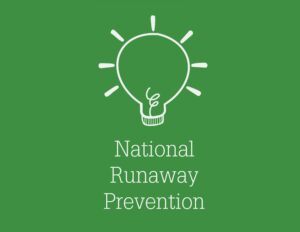 November is National Runaway Prevention Month (NRPM), a public awareness campaign designed to “shine a light” on the experiences of runaway and homeless youth that too often remain invisible. It is also an opportunity to spotlight the resources available to support youth in crisis throughout the nation. As part of the campaign, individuals, organizations and communities nationwide work together to prevent youth homelessness.
November is National Runaway Prevention Month (NRPM), a public awareness campaign designed to “shine a light” on the experiences of runaway and homeless youth that too often remain invisible. It is also an opportunity to spotlight the resources available to support youth in crisis throughout the nation. As part of the campaign, individuals, organizations and communities nationwide work together to prevent youth homelessness.
National Runaway Prevention Month is spearheaded by the National Runaway Safeline (NRS), with support from the Family and Youth Services Bureau (FYSB).
In 2021, NRS and more than 140 partners and youth ambassadors from across the country hosted creative events, engaged with followers on social media platforms, arranged for landmarks to be lit up in green (the official color of NRPM), secured proclamations and distributed campaign materials to educate the public about youth homelessness. NRS organized national events, including a Twitter Chat, Lunch and Learn series, roundtable discussion about the importance of prevention programs, Wear Green Day and much more.
Contact them with any questions about NRPM and how to get involved with the yearly campaigns.
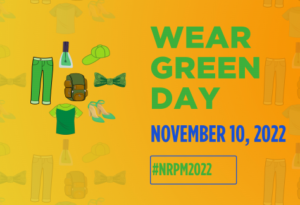
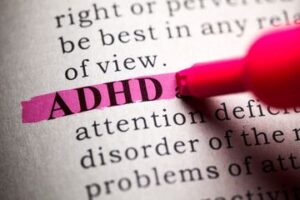
5 Lifestyle Tips to Help Manage ADHD Symptoms
FAST FACTS ABOUT ADHD 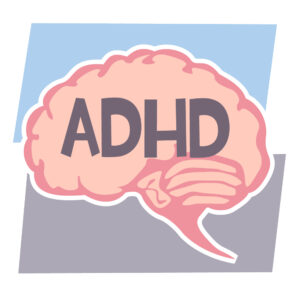
Attention-Deficit/Hyperactivity Disorder (ADHD) is a common neurodevelopmental disorder in both children and adults, but there are many myths and misunderstandings surrounding it. Get the truth about ADHD.
It’s More Than Just Hyperactivity
There are three types of ADHD: impulsive/hyperactive type, inattentive and distractible type, and combined type.
It’s More Common In Boys Than Girls
Because boys express ADHD differently than girls, they are more than twice as likely to be diagnosed with, and treated for, this disorder.
It’s More Than A Childhood Disorder
An estimated 80% of young people will continue to have ADHD into adulthood, with 4.4% of adults impacted by this condition.
It’s Symptoms Can Vary
Although the most common signs of ADHD are fidgeting or talking excessively, there are other ADHD symptoms like being forgetful or struggling to stay organized.
Many people or children who have been diagnosed with Attention-deficit/hyperactivity disorder (ADHD) actively work with their physician on a strategy plan to help them manage their symptoms, but implementing these strategies can sometimes be difficult.
This is especially true if you have a busy lifestyle and find it hard to make time for yourself. Recent studies have shown that people with ADHD tend to have lower levels of certain brain chemicals, including dopamine, which can make it difficult to focus and concentrate. However, there are a few small changes that you make to your daily routine to help manage your ADHD symptoms more effectively.
But First, What is ADHD and What are the Symptoms?
ADHD is a condition that affects how a person behaves, pays attention, and interacts with others. ADHD is usually diagnosed in childhood, but can also be diagnosed in adults. There are three main types of ADHD: Predominantly Inattentive, Predominantly Hyperactive-Impulsive, and Combined.
People with ADHD may have problems with focus, hyperactivity, and impulsiveness. Some common symptoms of ADHD include: having trouble paying attention, being easily distracted, being forgetful, fidgeting, talking too much, interrupting others, and difficulty waiting their turn.
People with ADHD may also have problems with self-control and emotions. They may be more likely to get into fights or accidents, have problems with social interactions, and feel more anxious or sad than other people.
ADHD can be diagnosed by a primary care physician or mental health professional after a comprehensive evaluation. The evaluation will usually include a detailed medical and psychiatric history, and could also include a physical exam or psychological testing.
Lifestyle Tips to Help Manage ADHD
Managing these symptoms can be difficult, but there are some things you can do to help. Here are five simple tips that can help you get started.
1. Get Enough Sleep
This may seem like an obvious one, but it’s important to get enough rest if you want to manage your ADHD symptoms. Sleep helps improve focus and concentration, so aim for at least 7-8 hours per night.
2. Eat a Healthy Diet
What you eat can also impact your ADHD symptoms. Eating foods that are high in sugar, food additives, and allergens, such as gluten, wheat, corn and soy can worsen symptoms. Focusing on creating a balanced diet that is high in protein, complex carbohydrates and omega-3 fatty acids can help improve brain function.
High-Protein Foods Include:
-Eggs
-Cheese
-Meat
-Nuts
-Beans
Complex Carbohydrates:
-Whole grains like oats, quinoa, and brown rice
-Fruits and vegetables
-Potatoes
Omega-3 Fatty Acids:
-Fatty fish like salmon, tuna, and cold-water white fish
-Flaxseeds
-Walnuts, Brazil nuts, and Olive and Canola oils
3. Exercise Regularly
Exercise is a great way to improve your overall health and well-being, and it can also help reduce ADHD symptoms. Even just 30 minutes of moderate exercise each day can make a difference. Exercise can help improve your focus, concentration, and energy levels. It can also reduce stress and anxiety.
4. Take Breaks During the Day
If you find yourself feeling overwhelmed or frustrated, take a few minutes to step away from whatever you’re doing. Go for a walk, listen to music, or do something else that relaxes you. This can help you refocus and come back to what you were doing with fresh energy.
5. Make Time for Relaxation
In addition to taking breaks during the day, it’s also important to make time for relaxation in your schedule. This could include things like yoga, meditation, or simply spending time outside in nature. Taking some time to relax each day can help you manage your ADHD symptoms more effectively.
If you’re struggling to manage your ADHD symptoms, talk to your doctor or a mental health professional. They can help you develop a treatment plan that could work for you.
How to Get Started on Creating These Habits
The first step to creating any habit is to make a commitment to yourself. You need to be determined to make changes in your life in order to manage your ADHD symptoms. Once you’ve made that commitment, start by taking small steps towards developing the new habits. Make a plan and track your progress so you can stay on track.
Here are some tips for getting started:
Make a list of what needs to be done each day to help manage your ADHD symptoms. This could include things like taking medication, exercise, and meditation.
Break down those tasks into small, achievable goals that can be completed each day or week.
Create a routine and stick to it as much as possible. This will help you stay organized and focused.
Find a support system – whether it’s family, friends, or a therapist – who can help you stay accountable and on track.
Start Practicing Your Daily Habits Today!
If you’re struggling to manage your ADHD symptoms, don’t worry – you’re not alone. There are many things you can do to help get your symptoms under control. Remember to set small goals and find a support system who can help keep you accountable. With patience and persistence, you can work toward managing your ADHD symptoms!

Honey Soy-Glazed Salmon 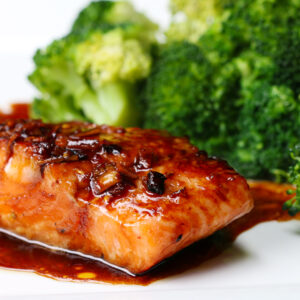
Ingredients
• 3/4 lbs wild-caught salmon fillet
• 1 tbsp honey
• 1 tbsp soy sauce (reduced sodium)
• Olive oil cooking spray
• Salt and freshly ground pepper
Instructions
1. Rinse salmon and pat dry with a paper towel.
2. Heat a nonstick skillet over medium-high heat, and spray with olive oil spray.
3. Brown salmon 2 minutes; turn and brown 1 minute. Season the cooked sides
with salt and pepper. Lower heat to low, cover, and let cook 7-8 minutes.
Remove from heat.
4. Mix honey and soy sauce together. Pour over the salmon, cover, and let sit 1
minute.
Serve.

